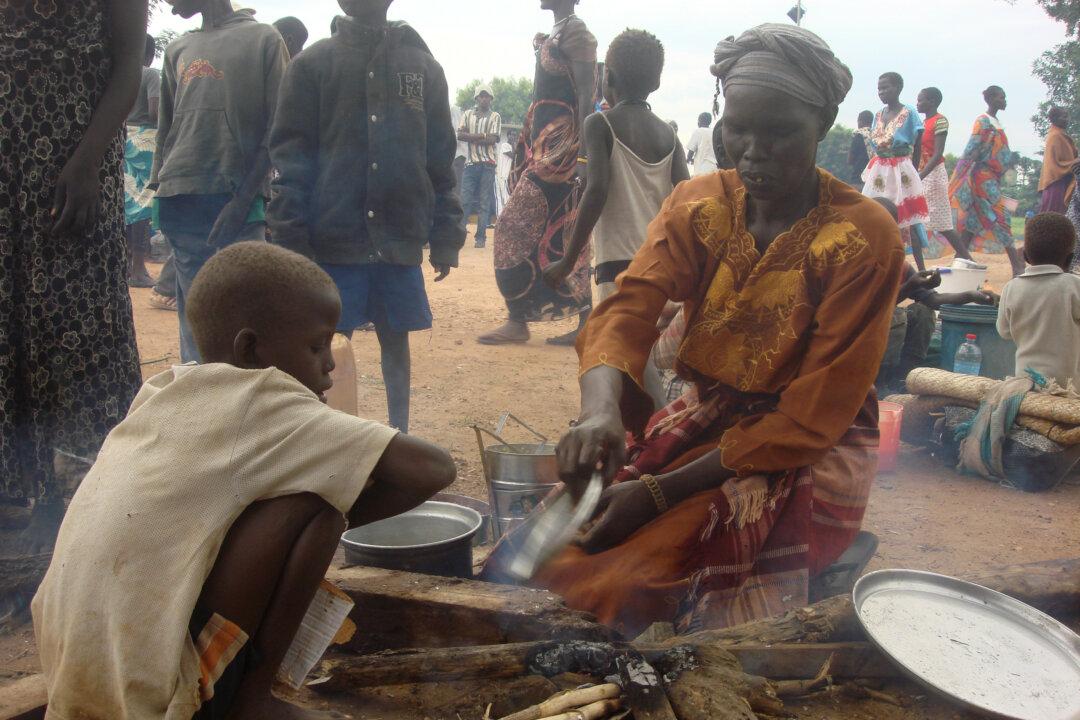The world is witness to a rapid increase in the number of people forced to flee from wars, conflict, and persecution in countries such as Syria, Iraq, and Afghanistan. It is estimated that approximately half of the 19.5 million registered refugees at a global level are children and youth. They are the most vulnerable victims of these conflicts.
The case of Syria is paradigmatic. Three years of conflict have turned Syria into one of the most dangerous places to be a child, according to UNICEF. Out of a population of 21.9 million, more than 9 million are under 18. It is estimated that 5.5 million children are affected by the conflict, a number that is almost double from the year before. More than 4.29 million children inside Syria are poor, displaced or caught in the line of fire.
International aid organizations have been doing a remarkable job helping the population of countries affected by wars. However, only in Syria, one million children are living in areas that aid workers cannot reach regularly, thus depriving them of vital support. More than a third of Syrian families are no longer living in their own homes or communities, seriously affecting their health and quality of life.
As a result of the fall in immunization rates—from 99 percent before the war to less than 50 percent now—polio has reemerged in Syria, after a 14-year absence. At the same time, doctors report an increase in the number and severity of cases of measles, pneumonia, and diarrhea. In response to the polio outbreak, UNICEF, the World Health Organization (WHO), and health ministries in the region have launched the largest immunization campaign in the region’s history, targeting more than 25 million children.




